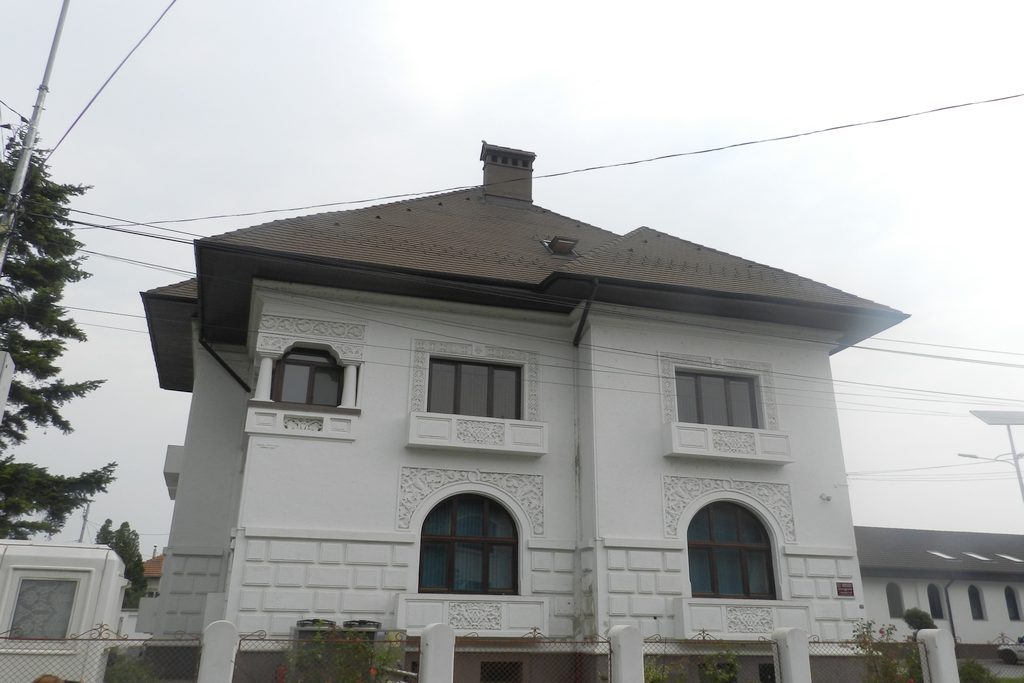

The memorial house Dr. Popescu Crivina was built in the year 1924. Currently, within the house there is found a dialysis center dedicated to the people who suffer from kidney conditions.
Drobeta Turnu Severin (name until 1972: Turnu Severin, in Hungarian: Szörényvár or Szörénytornya, in German: Turm Severin) is the residence municipality of the county Mehedinți, Oltenia, Romania, formed from the component localities Drobeta-Turnu Severin (the residence), Dudașu Schelei, Gura Văii and Schela Cladovei.
The locality developed near the Roman castrum Drobeta, becoming from an initial strategic point in a city of cross roads on dried land and water which led to the North and the South of the Danube. During the Roman antiquity, it became the first urban centre from the region and of the third from the Dacia province, after Sarmizegetusa and Apullum. During the times of Hadrian, the city was declared a municipality (in 121), in the moment in which the population reached 14.000 inhabitants. During the times of Septimiu Sever it was advanced to the level of colony (in 193), which conferred to the inhabitants of the city equal rights with the citizens of Rome.
Around the middle of the IIIrd century, Drobeta was expanded on 60 hectares and it was lived by approximately 40.000 inhabitants. The castrum was destroyed by the barbarians and it was re-built repeatedly during the times of the late antiquity, stopping definitely the role as a garrison in the year 602 A.D. In the Middle Ages, it was built by the Hungarian Kingdom the citadel Severin, which was destroyed at 1526 by the Ottoman Empire.
On the 23rd of April 1833 it was founded again Turnu Severin, when the Emperor Alexandru Dimitrie Ghica issued the document of the foundation of the city. The initial plan of the city was thought by the architect Xavier Villacrosse, seconded by the engineer Moritz van Olt, through the attention of the prince from that moment, Barbu Știrbei. In the year 1841, the capital of the county was moved from Cerneți to Turnu Severin.
Until 1918, Turnu Severin will be the occidental gate of Romania. After 1900, the industry and the capital from Severin continue to be diversified in an accelerated rhythm.
In 1911, starts the maximum development of Severin, which remains until the year 1915, period in which the “commune” Turnu – Severin is electrified, paved, charged with water at European standards and canalled. Also in 19122 there are made the endeavors for introducing the public lighting, having in this sense a first proposal from the Schmidt brothers from Topleț (40 km distance from Turnu Severin), who had the source by the running of the water, but the plan isn’t accepted.
